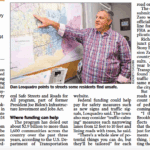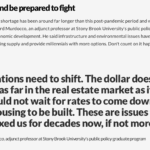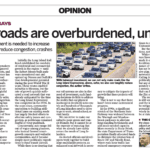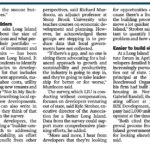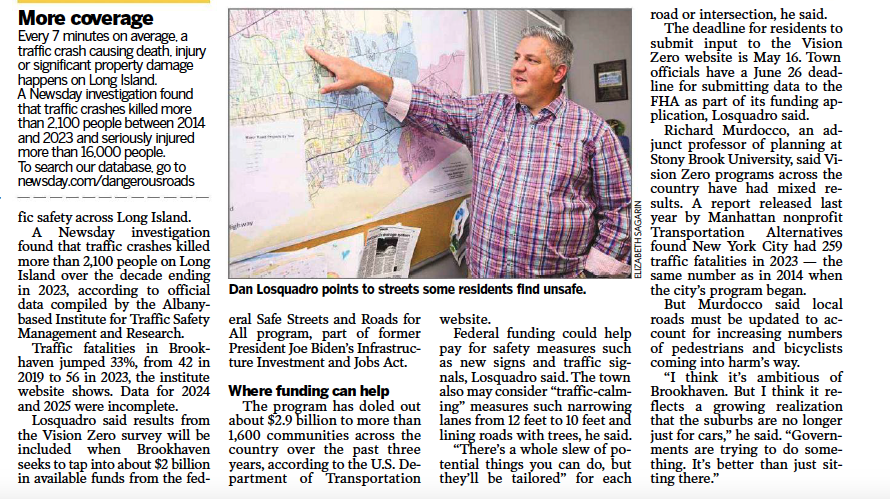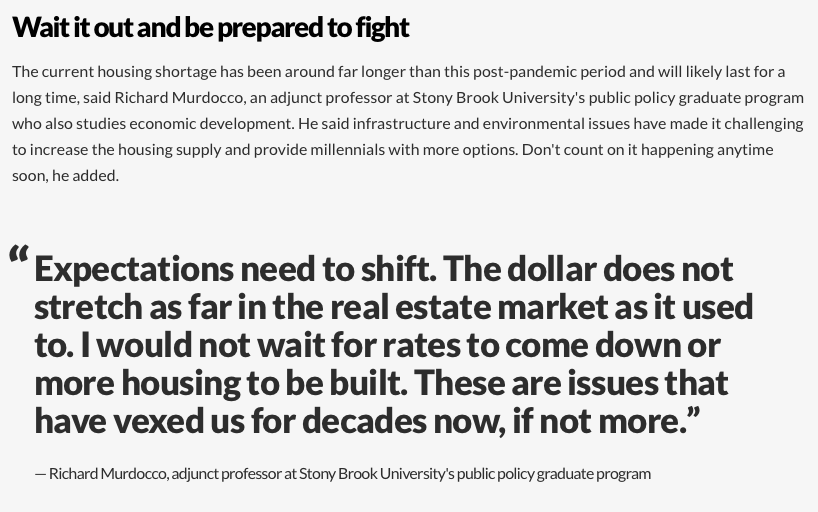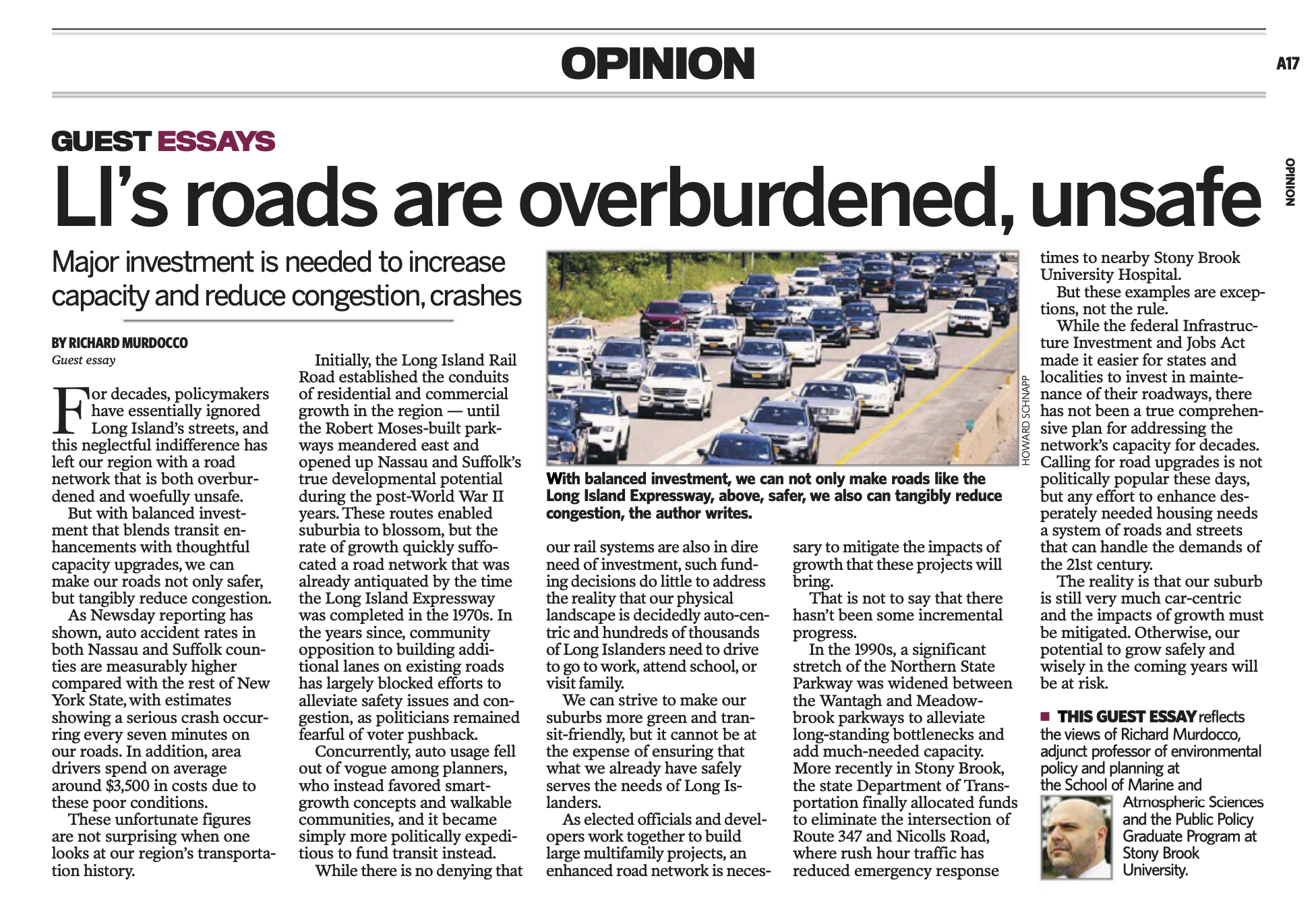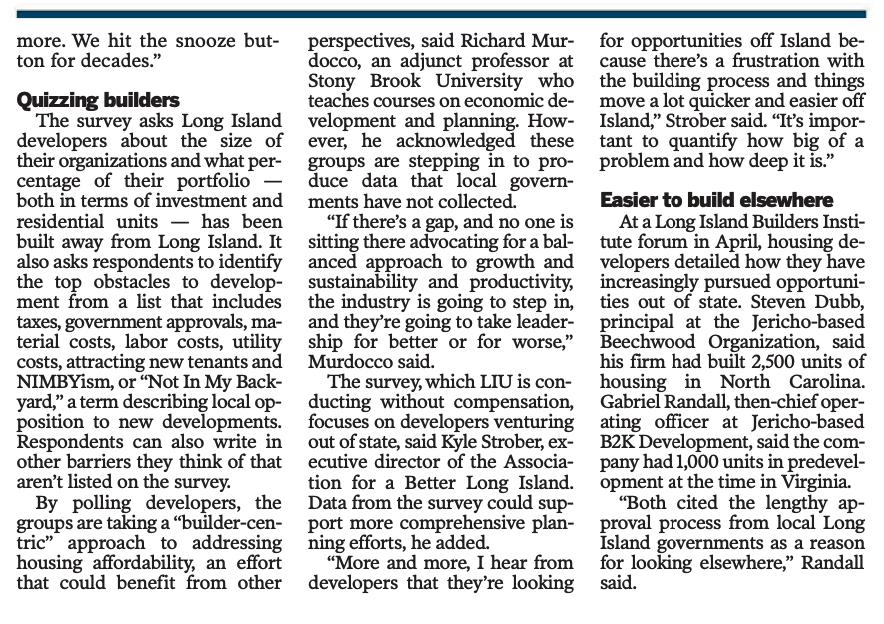The following was published in the Long Island Press on October 10, 2016. You can read the original here.
In the heated debate about whether or not local zoning codes are choking us, New Age urbanists who propose environmentally friendly dense developments have new fuel for the fire now that the Obama administration is chiming in.
“In more and more regions across the country, local and neighborhood leaders have said yes in our backyard,” said the White House in a recent policy release. “We need to break down the rules that stand in the way of building new housing.” Accompanying the presentation was a toolkit to spell out the White House’s policy proscription, as reported in Politico.
The initiative is intended to address the “local barriers to housing development” such as zoning, land-use regulations and lengthy development approval processes that have restricted the housing markets ability to respond to growing demand. The obstacles are thereby “jeopardizing housing affordability for working families, increasing income inequality by reducing less-skilled workers’ access to high-wage labor markets and stifling GDP growth by driving labor migration away from the most productive regions.”
While developers and their allies may be drooling at the prospect of relaxed zoning standards, Long Island residents who fear the worst should take comfort in the fact that the federal government can only comment about land use. It can’t impose.
Here’s the thing though: the White House isn’t wrong. Local zoning can be restrictive—and often on LI that’s by design. It’s called home rule.
Many people, especially those who subscribe to the theory that we must build our way out of our economic decline, conveniently forget that the Island’s zoning is philosophically rooted in groundwater protection. By reducing densities in unsewered areas, we’re preventing toxic wastewater from polluting our aquifers, the sole source of our drinking water.
Environmental necessity aside, our region simply cannot handle additional density unless something changes. But the White House is right, we do need more housing, whether we care to admit it or not.
Metropolitan areas such as San Francisco and New York City are seeing their blockbuster economic gains stymied by the lack of affordable housing options. As urban areas become more economically polarized and in some cases, just wealthier, the crucial middle class is left floundering for a foothold.
Think about the sky-rocketing explosion of real estate prices in the outer borough areas of New York City that were traditionally havens for the less well-off and blue collar workers. Where do these people go now?
The White House’s “toolkit” prescribes more density, faster permitting and fewer restrictions for developers with regard to parking and accessory dwelling units such as an apartment over a garage, for example. These recommendations are standard fare at this point, but to have them come from the federal government lends them a weight that has been previously unseen in the land use discussion.
The concern is that the “tool kit” doesn’t factor in the reality of suburban living. In other words, only a relatively small percentage of suburban residents actually use mass transit. So allowing developers to get away with not providing adequate parking for the new tenants in their projects is not a good idea. Unless the developers offer their tenants some incentive to ditch their cars, the end result will be higher density with fewer places to park.
The recommendations often made by developers and the vested interests in the building trade deny the fact that suburbia simply isn’t ready for higher density and all of the impacts it brings.
The White House’s entry into the argument about local zoning is unprecedented, according to Dr. Lee Koppelman, who served 28 years as the first Suffolk County Planner and 41 years as the regional planner for Nassau and Suffolk, and has been the executive director of the Center for Regional Policy Studies at Stony Brook University.
“NIMBYism isn’t the entire problem,” the veteran planner told the Press. “The White House is ignoring the relationship between community and environmental planning.”
In his career, Koppelman has supported balanced growth in environmentally appropriate areas but he said that ignoring the consequences of increasing density can be irresponsible.
“It sounds to me like the White House is touting for the real estate lobby,” Koppelman said. “Do the suburbs have the infrastructure to support growth? If not, will the federal government provide the money to build it?”
Answering that question is key. We need more affordable housing, but before we loosen zoning laws and other restrictions, our policymakers, builders and residents must work together to ensure that the suburban environment can handle it.
Growth should occur in the areas that are truly ready—where “walkable neighborhoods” can truly be considered walkable thanks to good jobs, adequate neighborhood services, other community amenities and nearby transit connections. Rents have been skyrocketing in urban areas like New York and San Francisco, and they need to be reined in. A frank, honest discussion must be had at all levels of governance to understand why, exactly, prices are escalating so rapidly.
Gentrification may make areas that were considered “less-desirable” worthy of investment in real estate circles, but the price we all pay is accelerated displacement of the lower and middle classes. Gentrifying neighborhoods don’t solve issues of poverty or affordability, but merely push those impacted aside. We must find a way to create attractive neighborhoods without driving up prices and forcing residents out.
Here policymakers must seriously consider taking unprecedented measures to attack the high cost of living on Long Island. Local school districts—the principal driver of rising property taxes in Nassau and Suffolk counties—should have their administrative models examined. Consolidation, a concept that has been a political non-starter in the past, should be considered in areas where it makes sense, such as within smaller school districts on the East End, or struggling districts in western Suffolk and Nassau. Eliminating the region’s patchwork quilt of local special taxing districts should also be explored, because it would be a small but meaningful step in the right direction.
But it’s critical that these efforts aren’t an excuse to give away the farm (both literally and figuratively) to developers and their enablers. Growing too rapidly can poison our environment. We’re still struggling to overcome the consequences of the rapid suburban expansion LI went through after World War II.
Good land use policy is all about achieving balance. The White House is correct to assert itself because the suburbs, ours in particular, aren’t working as effectively as they should to address these economic problems. Young families in our area shouldn’t have to look elsewhere for decent housing and jobs. But we must be smart about how we go about tinkering with the suburban model.
Calling for a wholesale increase in density, as the White House proposes, wouldn’t be right, either. Growth and environmental sustainability must be taken into consideration because what we don’t need is a new kind of sprawl.
Rich Murdocco writes about Long Island’s land use and real estate development issues. He received his Master’s in Public Policy at Stony Brook University, where he studied regional planning under Dr. Lee Koppelman, Long Island’s esteemed master planner. More of his views can be found on TheFoggiestIdea.org or follow him on Twitter @TheFoggiestIdea.


